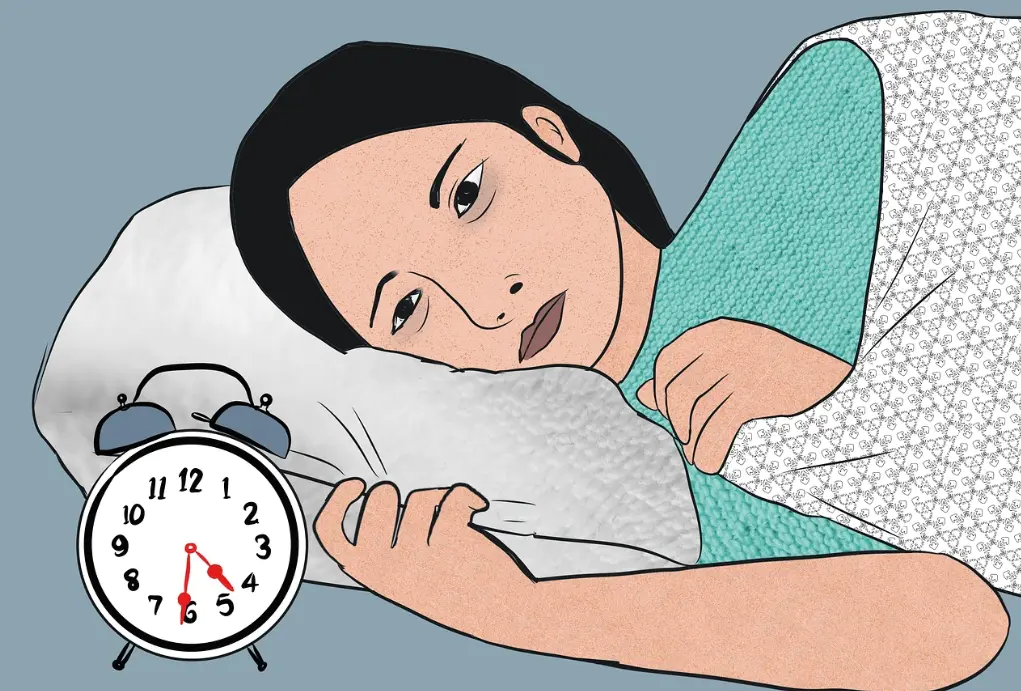While it might not sound exciting, glamorous, or trendy, walking is an incredibly effective way to improve your health. In fact, Dr. Thomas Frieden, former Director of the Centers for Disease Control and Prevention, called it “the closest thing we have to a wonder drug.”
That’s a bold statement, but the benefits of walking are undeniable. If you missed our earlier article on the many advantages of walking, "Why Walking Is Amazing," be sure to check it out for more details on how this simple activity can change your life.
Humans were designed to walk—it's part of our biological makeup. Walking is a natural, beautiful movement that many of us take for granted until we can no longer do it. Ask anyone who has lost the ability to walk, and they will tell you how precious this simple activity truly is.
Unfortunately, in today’s sedentary world, many of us spend far too much time sitting. In fact, research from the Mayo Clinic found that people who sit for more than eight hours a day without physical activity face a risk of early death comparable to that of smoking and obesity. This highlights an urgent truth: we need to move more.
Integrating walking into your daily routine can make a significant difference. Just like brushing your teeth or doing laundry, walking can become a regular habit that brings immense health benefits. Here are some practical ways to make walking a daily part of your life:
1. Identify a Walking Route
Find a safe, nearby walking path or trail that you can enjoy regularly. The more convenient the route, the more likely you are to stick with it. If you have a favorite spot that’s a bit farther away, save it for the weekends. For everyday walks, a pedestrian-friendly neighborhood is perfect, as you can step outside your door and start walking right away.
2. Choose a Consistent Route
Walking the same route daily helps establish a routine. Over time, your mind will associate that path with the habit of walking, making it easier to commit. Knowing how long it takes to walk the route also gives you a benchmark to improve your pace, turning walking into a mini fitness challenge. Tracking progress helps motivate you to stick with it.
3. Make Walking Your Own Experience
Walking isn’t just for physical fitness; it can be a mental and emotional retreat. Use your walks as an opportunity to clear your mind, pray, meditate, or boost your creativity. You can also listen to music, podcasts, or audiobooks—save your favorite content for your walks, which gives you something to look forward to. Some people enjoy walking in silence to connect with themselves or invite friends or family to join them for a social walk. This makes the experience more enjoyable and less of a chore.
4. Invite Others to Join You
Walking with a friend, family member, or even a neighbor can make it more fun and motivate you to stick with it. Consider forming a walking group if you don’t already have one, or simply invite a walking buddy. Walking with others increases accountability, provides social interaction, and makes the time go by faster. It’s also a great way to build stronger social connections and support each other’s fitness goals. Even if your walking partner can’t join you, promise yourself you’ll still go for your walk.
5. Start Small if You Need To
If walking feels like too much of a commitment, start small. Set a timer for just five minutes and go for a quick walk. Often, once you start, you’ll find that you enjoy it and want to walk for longer. The fresh air can relax your mind and body, reduce stress, and improve your mood, making the experience more rewarding. Before long, you’ll find yourself looking forward to your daily walks.
6. The Benefits Will Add Up
The more consistently you walk, the more you’ll experience the numerous benefits: improved cardiovascular health, stronger muscles and bones, better mood, reduced stress, and enhanced cognitive function. Walking can even strengthen your immune system, helping to fend off illness. Plus, it’s an activity that requires no special equipment or gym membership—it’s free and accessible to almost everyone.
Recent
See All2025-08-01
8 Powerful Strategies to Sharpen Your Brain for Success
2025-08-01
Navigating Life: Embrace the Journey and Let Go of Control
2025-08-01
Embrace Health & Fitness Goals That Last!
2025-08-01
Mastering Emotional Management: Practical Strategies for Emotional Regulation
2025-08-01
Simple and Effective Tips for Overcoming Insomnia
2025-08-01
Is That Mole Something You Should Really Worry About?
2025-08-01
7 Essential Tips for Maintaining Healthy Joints
2025-08-01
How Exercise Can Boost Your Mood and Reduce Stress
2025-08-01
Coach or Mentor: Which One Do You Really Need?
2025-08-01
Is Stress Impacting Your Weight? Strategies for Cultivating a Positive Attitude for Weight Management
Newsletter
Get life tips delivered directly to your inbox!












